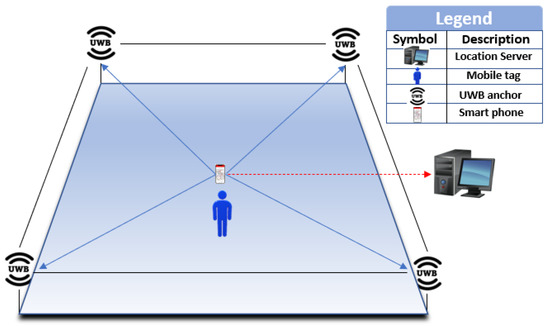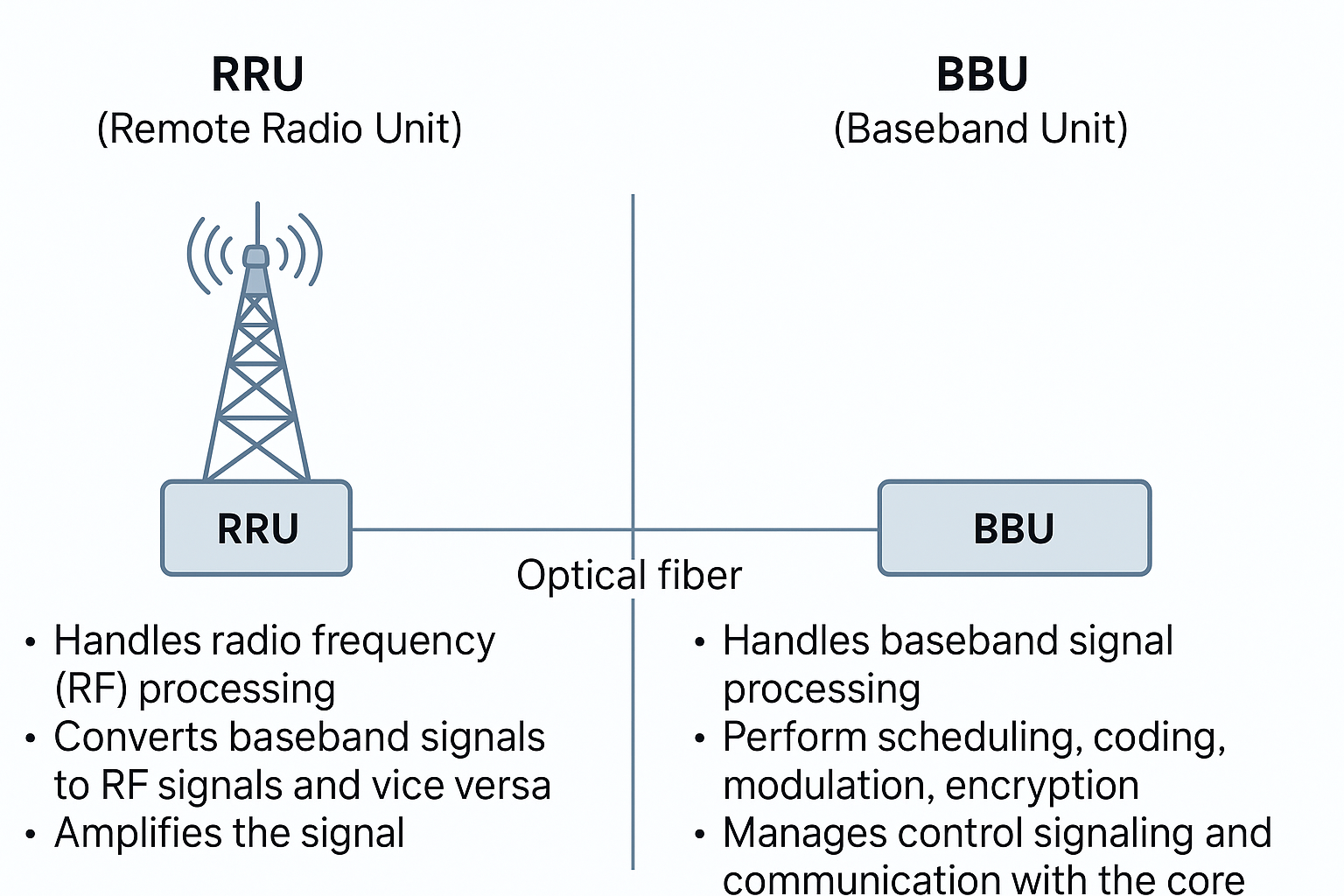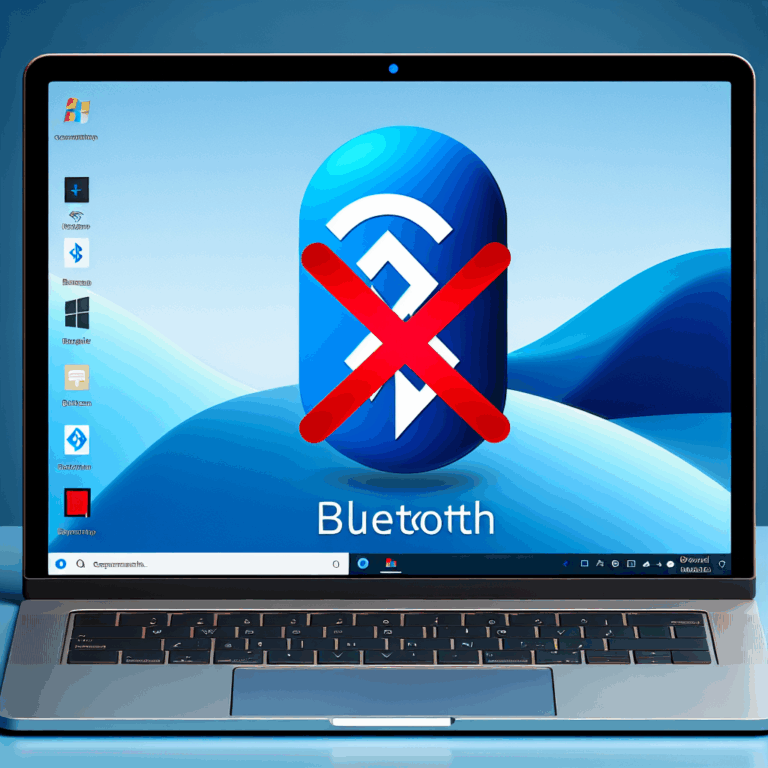In the rapidly evolving digital landscape, the integration of 5G, the Internet of Things (IoT), and Ultra-Wideband (UWB) technologies is opening up a realm of possibilities that were once relegated to the pages of science fiction. Among the most promising innovations in this space are 5G IoT UWB tags. These tiny, yet powerful devices, capable of precise positioning and data transmission at high speeds, are poised to revolutionize a wide array of industries. In this post, we delve into several scenarios where 5G IoT UWB tags could not only change the way businesses operate but also enhance our daily lives.
Smart Warehousing and Logistics
In the complex world of logistics and warehousing, efficiency and accuracy are paramount. 5G IoT UWB tags offer a game-changing solution by providing real-time, centimeter-accurate tracking of assets throughout a facility. Imagine a warehouse where every item, no matter how small, can be instantly located, reducing the time workers spend searching for products and significantly reducing the risk of loss or theft. Furthermore, integrating these tags with 5G networks enables the handling of vast amounts of data with minimal latency, ensuring that inventory management systems are always updated in real-time.
Enhanced Indoor Navigation
Indoor navigation has always posed a challenge, particularly in complex environments like airports, shopping malls, and hospitals. GPS, which works wonderfully outdoors, falls short indoors. However, 5G IoT UWB tags can provide precise and reliable indoor positioning. For instance, visitors to a large hospital can receive directions to specific departments or wards on their smartphones, guided every step of the way with accuracy down to the meter, ensuring they never get lost, even in the most labyrinthine facilities.

An IoT UWB tag refers to a device used in the Internet of Things (IoT) that utilizes Ultra-Wideband (UWB) technology for precise localization and tracking. UWB is a radio technology that operates with a very wide frequency range (typically greater than 500 MHz), which allows it to provide highly accurate location information, often within a few centimeters. This makes UWB tags ideal for various applications, including asset tracking, indoor navigation, and smart building management, where precision is critical.
UWB technology distinguishes itself from other location and tracking technologies like GPS, Wi-Fi, and Bluetooth due to its high bandwidth, which contributes to its accuracy, low interference with other signals, and ability to penetrate through obstacles. This makes UWB tags particularly useful in complex environments where line-of-sight is not always possible and where multipath interference (signals bouncing off surfaces) can significantly degrade the performance of other wireless technologies.
In the context of IoT, UWB tags can be attached to or embedded within objects or worn by individuals to enable real-time location systems (RTLS). These systems can track and monitor the position and movement of assets and people within a defined space, such as a warehouse, hospital, or office building. The integration of UWB tags into IoT solutions allows for enhanced operational efficiency, improved safety, and the creation of new services and user experiences.



Source: https://youtu.be/5kUxHqJUs4k?t=4472
Source: https://www.gsma.com/asia-pacific/gsma_events/5g-iot-logistics/
Previously, Suzhou Mobile and Huawei conducted a 5G indoor positioning capability verification in the Suzhou Metro. With the hidden deployment of the base station pRRU, it achieved a positioning accuracy of 3 to 5 meters in 90% of the subway platform and hall area. It is a 5G indoor positioning function and the first live network verification in the world.
Source: https://www.gsma.com/5ghub/iot

Source: https://www.5gtechnologyworld.com/uwb-applications-bring-design-decisions/
Impulse radio ultra-wideband, commonly referred to as UWB, is a short-range, wireless communication protocol based on the IEEE 802.15.4z standard, operating at frequencies up to 9.5 GHz. UWB has significant benefits as a tracking and ranging technology, including high levels of accuracy, security, and immunity to jamming. With its ability to use large channel bandwidths of 500 MHz, UWB captures spatial and directional data with accuracy levels of less than 10 cm.
Source: https://www.mdpi.com/1424-8220/23/12/5710
UWB Indoor Positioning System
4.1. Architecture of UWB-Based IPS
Figure 5 depicts a typical UWB-based indoor localization system consisting of two types of nodes- anchors with known positions and tags with unknown positions. The system also includes a location server for sensor processing data and an interface device for viewing the positioning results. The localization process involves setting one of the anchors as the reference point and using the time-of-flight (ToF) technique to estimate the distance between each anchor and tag. Trilateration or multi-angulation techniques are then used to determine the coordinates of the tag in a 2D or 3D environment, depending on the number of anchors available. To improve accuracy in complex indoor environments, additional units, such as navigation frameworks, network gateways, user interfaces, multi-sensor technologies, and NLoS mitigation methods, are required. An NLoS detection algorithm is used to detect the presence of NLoS signals in the measurement data, and the model obtained from this algorithm is then used to refine the positioning algorithm. The choice of the NLoS detection algorithm and the positioning algorithm depends on the specific application requirements and the properties of the environment to achieve accurate positioning using the UWB IPS.

Figure 5. Basic elements of UWB positioning system.


Source: https://www.rfid-wiot-search.com/tb-international-warehouse-logistics-with-rfid-and-uwb
Proof of Concept
Setting up the IT system with Inpixon took 2 months, piloting the concept took another 3 months. A working student accompanied the pilot run in Groß Gerau with research work. RFID tags on all Flexfit brand cartons and sensors on two forklifts yielded sufficient data volumes for the proof of concept. In the subsequent data analysis, it became clear that the automatic capture of full cartons in the incoming goods department was 23 percent more efficient compared to the barcode system previously used.
Source: https://www.huawei.com/en/huaweitech/publication/202301/55g-ioe-intelligent
Many industries have extensively explored IoT, but have so far failed to achieve economies of scale due to fragmentation in existing connectivity technologies. Nevertheless, the economies of scale being seen in the mobile industry can help three 5G-centered IoT technologies deliver business success: Reduced Capability (RedCap), Narrowband IoT (NB-IoT), and passive IoT. NB-IoT is currently the mainstream low-power wide-area (LPWA) network technology, and is rapidly gaining momentum. RedCap is also ready for commercial use, is cheaper and consumes less power than eMBB, and has the potential to create billions of medium- and high-speed connections. Passive IoT combines cellular communications and passive tagging, enabling long-distance coverage with low-cost terminals. It is expected to facilitate the connection of tens of billions of passive IoT devices. Wireless networks will boast integrated communication and sensing. The use of mmWave can increase sensing accuracy and thus facilitate new applications, such as speed and distance measurements and imaging.
Source: https://www.encstore.com/blog/5538-uwb-real-time-location-tracking-iot-solutions
How does UWB RLTS work?
It consists of two types of hardware: signal transmitter which is known as Tags, and entities which are used to receive signals and also to track items known as anchors, which receive signals from tags.
UWB tags are small electronic devices attached to an object or item individually that need to be tracked. These tags work as a transmitter, which continuously transmits the signal that is received by anchors and they forward received signals to the location server for calculating the distance.
Source: https://www.wisersystems.com/utilizing-uwb-with-rfid
Utilizing Only UWB: Case Studies
The manufacturing environment poses unique challenges for implementing an RTLS wireless radio-based system, as achieving high accuracy and adaptability can be difficult. In particular, facilities that feature metal and reflective surfaces must carefully evaluate the RTLS solution to ensure it can function accurately, securely and flexibly in this type of setting, while also supporting both indoor and outdoor operation, if necessary, and scaling to meet the needs of the facility. Unfortunately, many systems fail to deliver reliable and accurate performance in such complex and reflective environments.
For these reasons, UWB technology represents the ideal solution for RTLS in crowded and challenging manufacturing environments like factory floors. This technology enables high accuracy and reliability, even in the presence of reflective surfaces, and can scale effectively to handle thousands of assets. To illustrate this point, consider the experiences of two customers who exclusively leveraged UWB technology in their manufacturing facilities.

Crystal Group, a leading provider of custom ruggedized computer and network equipment solutions, had three distinct tracking needs within its manufacturing facility. The company required a system to track its 900 assets, including calibrated tools, sales order carts and government-owned assets. The current manual method of tracking with pen and paper was inefficient and time-consuming.
This resulted in the expenditure of a significant amount of time and resources. With many kinds of assets in each category, and with varying movement and tracking protocols required, finding a single tracking solution proved challenging. Crystal Group ultimately adopted Wiser’s UWB solution for the ease and benefits of deploying a single technology to address all three of its disparate tracking needs.

In sum, ultimately, the choice between RFID and UWB technologies depends on the specific use case and requirements of the application. Combining multiple tracking technologies, such as RFID and UWB, can, in many instances, provide more comprehensive and accurate asset tracking. It is important to evaluate not only the specific requirements of your operation, but also which technology or combination of technologies will best meet each of your specific tracking needs.
Calibrated tools with affixed tracking tags
Article by Cris Masselle, CMO at WISER Systems. This article first appeared in RFID Journal, April 2023.


